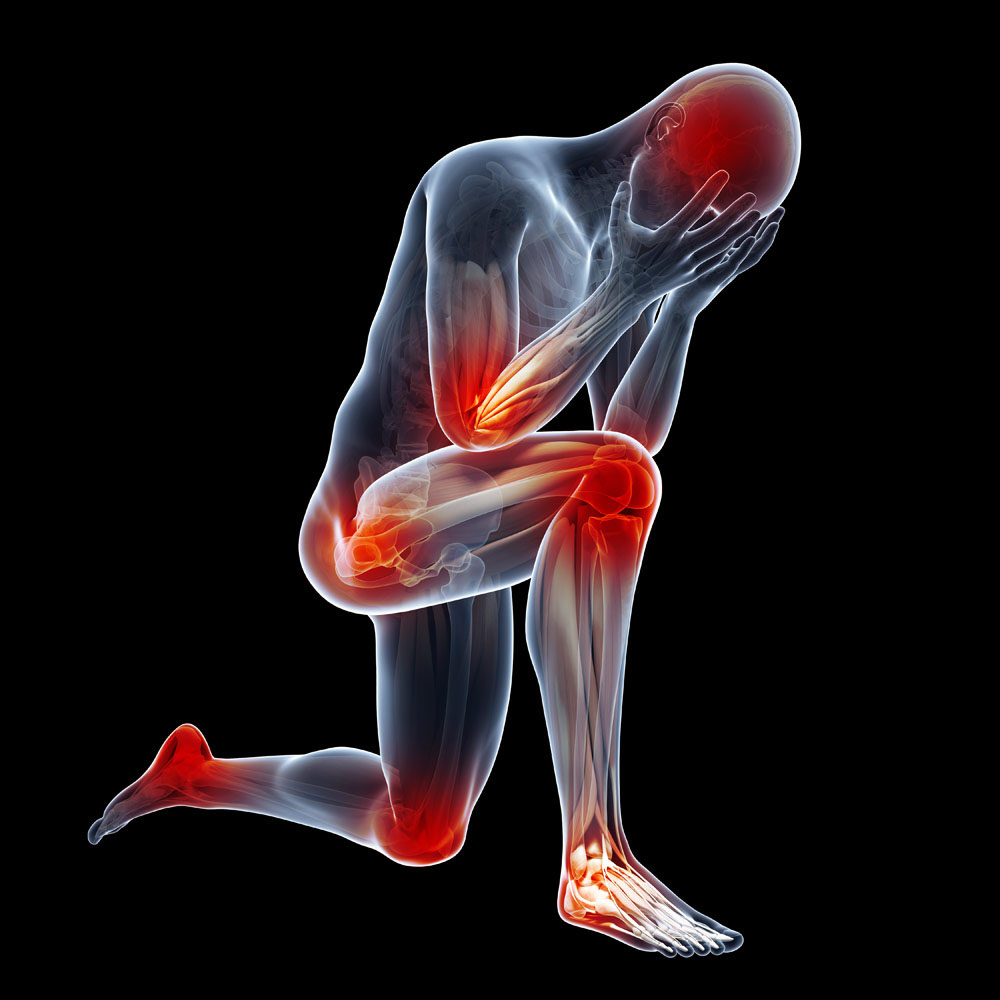Tech Versum: Explore the Future of Technology
Dive into the latest trends and innovations in technology with Tech Versum.
Joint Pain? Let's Get Moving!
Unlock relief from joint pain and rediscover movement! Join us for tips and tricks to get you moving again.
5 Gentle Exercises to Alleviate Joint Pain
Joint pain can be a debilitating condition that affects daily activities, but incorporating gentle exercises into your routine can help alleviate discomfort. Here are five gentle exercises that can support joint health and enhance mobility:
- Walking: A low-impact exercise, walking helps to strengthen muscles around the joints while promoting circulation.
- Swimming: The buoyancy of water reduces stress on the joints, making swimming an excellent option for gentle exercise.
- Yoga: Many yoga poses can improve flexibility and relieve tension in the joints, providing both physical and mental benefits.
In addition, tai chi is another beneficial practice that involves slow, controlled movements, which can enhance balance and stability. Lastly, simple stretching exercises can maintain range of motion and prevent stiffness. It's important to consult with a healthcare provider before starting any new exercise program, especially if you are experiencing joint pain, to ensure that the exercises are safe and suitable for your specific condition.

Understanding Joint Pain: Causes and Treatment Options
Joint pain can stem from a variety of causes, ranging from everyday wear and tear to serious underlying health conditions. Common causes include osteoarthritis, rheumatoid arthritis, gout, bursitis, and injuries. Additionally, factors such as age, weight, and genetics can contribute to the likelihood of developing joint issues. Understanding these causes is crucial for effective management. For instance, osteoarthritis is often aggravated by repetitive movements and overuse, while rheumatoid arthritis is an autoimmune condition that requires a different treatment approach. Identifying the underlying cause is vital for determining the most effective treatment options.
Treatment options for joint pain vary widely based on the cause and severity of the condition. Common strategies may include:
- Medication: Over-the-counter pain relievers, anti-inflammatory drugs, and prescription medications can help alleviate pain.
- Physical Therapy: Tailored exercises and therapies can enhance mobility and strengthen the muscles surrounding the joint.
- Injections: Corticosteroid or hyaluronic acid injections may provide temporary relief for severe pain.
- Surgery: In cases of severe damage, surgical options such as arthroscopy or joint replacement may be considered.
Consulting with a healthcare professional is essential to create a personalized treatment plan that addresses the specific causes of joint pain.
How to Stay Active with Joint Pain: Tips and Strategies
Living with joint pain doesn't have to mean living a sedentary life. There are several effective strategies you can incorporate to stay active while minimizing discomfort. First, focus on low-impact activities that put less stress on your joints. Options such as swimming, cycling, and tai chi provide excellent cardiovascular benefits without the harsh impact of running or jumping. Additionally, consider incorporating gentle stretching and strength-training exercises, which can improve flexibility and support the muscles surrounding the joints. Always consult with a healthcare professional before starting any new exercise regimen to tailor your routine to your specific needs.
Another essential aspect of staying active with joint pain is to listen to your body and adjust your activities accordingly. It can be helpful to create a daily schedule that includes short bursts of movement throughout the day rather than one long workout session. For instance, try breaking up prolonged sitting with 5-10 minute walks or gentle stretches every hour. You might also explore using assistive devices, such as knee braces or cushioned shoes, to relieve strain. Remember, prioritizing joint health means balancing activity with rest, so don’t hesitate to take breaks or seek modifications in your routine when needed.